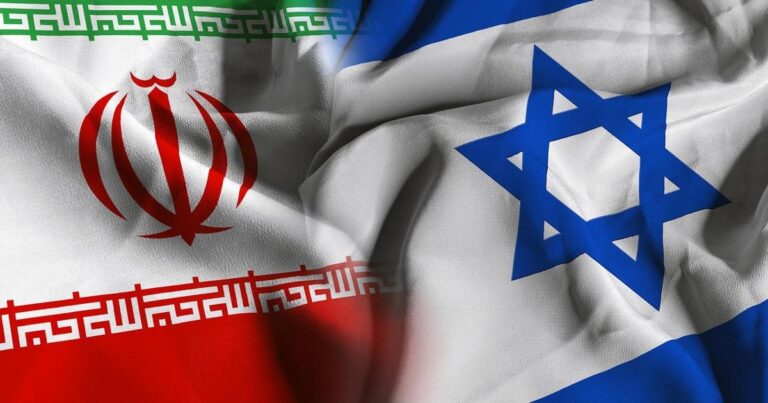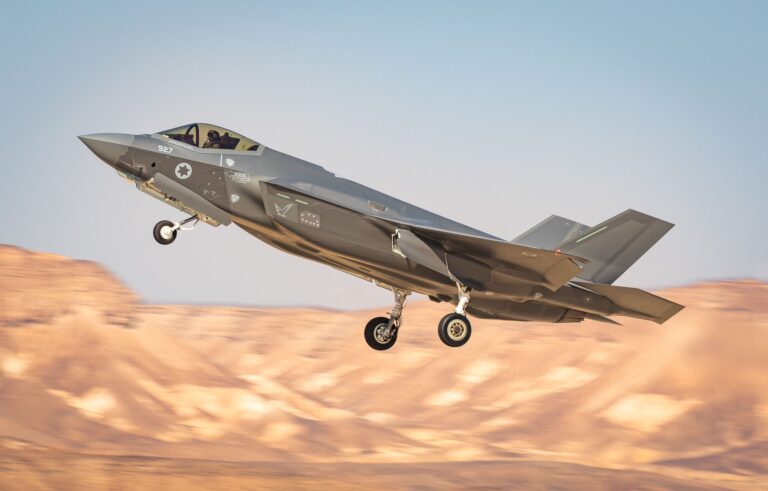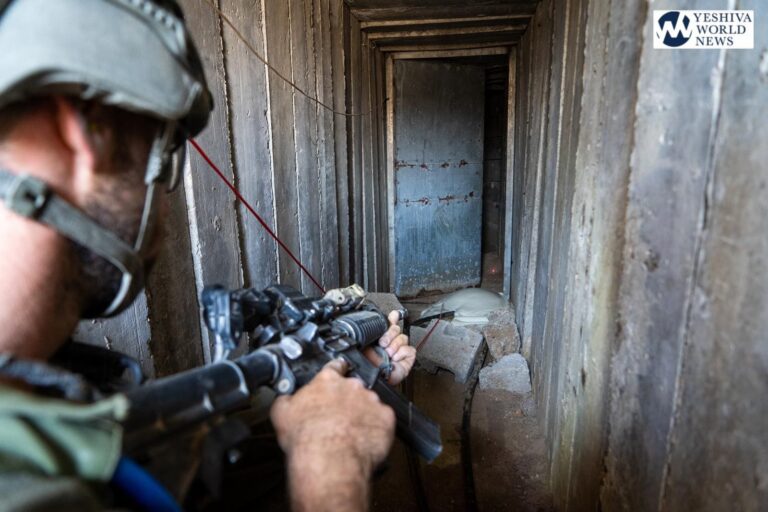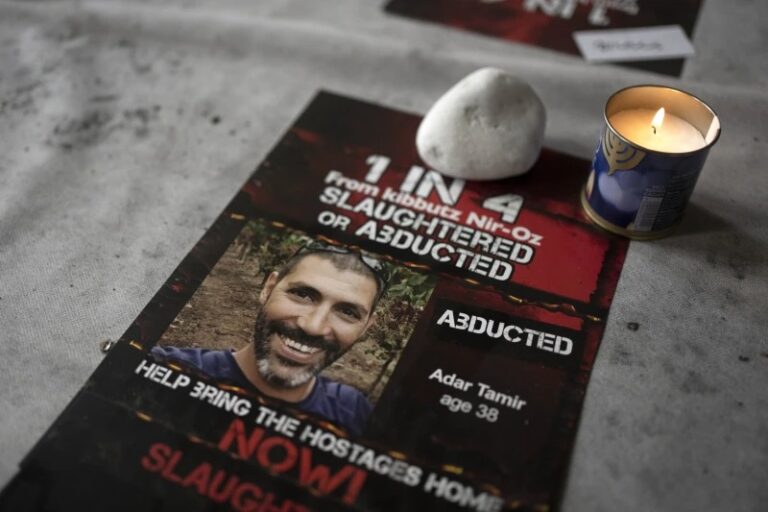 Current events never occur in a vacuum. Most of us know this but never put in the actual effort that’s required to truly understand the historical context of events surrounding us. This is especially true of what we see unfolding before our eyes between, Iran, Europe and the Obama administration. We now see an Iran that is destabilizing the Middle East through the funding of terrorist proxy states, building a nuclear arsenal and we ask “Why?”. Context is needed. Historical context is essential to grasping the “why?”. So, I will attempt here to outline for you a very basic history of Iran, the Persian Empire and where the US fits into all of this so that you, the reader, can see what, perhaps, is becoming increasingly clear the President and Europe are failing to see.
Current events never occur in a vacuum. Most of us know this but never put in the actual effort that’s required to truly understand the historical context of events surrounding us. This is especially true of what we see unfolding before our eyes between, Iran, Europe and the Obama administration. We now see an Iran that is destabilizing the Middle East through the funding of terrorist proxy states, building a nuclear arsenal and we ask “Why?”. Context is needed. Historical context is essential to grasping the “why?”. So, I will attempt here to outline for you a very basic history of Iran, the Persian Empire and where the US fits into all of this so that you, the reader, can see what, perhaps, is becoming increasingly clear the President and Europe are failing to see.
The problem many have with the proposed Iran deal is that it seems the US Govt. doesn’t understand, or has not internalized how Iran views the world. Its natural for a country like the USA to think of itself as the center of the globe, which it is in terms of technology and modern culture. Countries far away from us (geographically and culturally) are regarded by us as peripheral and, thus, less powerful. Even sometimes troublesome. This self-centered view of the world is a natural thought-process, and many large countries feel this way. Moreover, America thinks of itself as a young nation, still in its first centuries, with a long future ahead of it. Wisely or unwisely, Americans seized their role as world leader after the Second World War, and America has spent a fortune to maintain this role in the years since.
Other countries, particularly other large countries, bitterly resent and contest this. This is particularly true of countries with a so-called Glorious Past, when they once ruled great empires and were feared and respected around the world (see Russia, India, China and Turkey under Erdogan). These countries fell-behind in modern times; their “glorious cultures” actually impeded their scientific progress, while other countries, especially America, overtook them and left them in the dust.
For these “loser-countries” to admit this fact is to admit huge flaws in their “glorious cultures”. Not an easy thing to do, particularly in places where self-criticism is not a virtue but is the greatest crime of all: treason! Instead of admitting flaws in their culture, they insist their cultures are flawless, and that if they have fallen-behind scientifically and economically, it is the fault of “others”, of course. Who are these “others”? Foreigners who perfidiously and insidiously undermined the glorious societies and cultures, seeking to destroy them. In the self-valorizing narrative of these loser-countries, the glorious nation has survived in spite of these nefarious foreign efforts, and it now seeks to regain its rightful place as the most important country, perhaps even as ruler of the world.
Now, this mentality characterizes these countries (Russia, Turkey, etc…) and explains their posturing. It explains why the feel the necessity to throw-their weight around the world, all of which contributes to that pervasive instability of our times. Terrorist groups flourish in this breeding ground where international cooperation is lacking. What’s even more counter-intuitive is that terrorism is actually supported by these angry countries where it metastasizes. That is, as long as the activities of the particular terrorist group of the day seem to further the foreign-policy goals of the particular angry nation (see above for the list). No wonder any semblance of a “social contract” between nations has fallen by the wayside. The international environment that we now live in is too emotional for any rational commitment to law-and-order and nonviolence.
Nowhere is this more true than in the case of Iran…..or Persia, to be more accurate. Iran is not just another country. Remember, they once ruled the world; in fact, more than once. There were three Iranian Empires. (Keep in mind that I use Iran and Persia interchangeably throughout.)
Back in Biblical times, kings like Cyrus and Darius ruled vast empires (including the Jews). The first Iranian Empire, the so-called Achamenid Persian Empire, was well-organized with good roads and law-and-order. To Iranians, this is the natural order of things; they are an imperial race, born to rule and rule well.
This ancient Persian Empire was destroyed by Alexander the Great in the Fourth Century BCE. It was bad enough being conquered, but at least the conqueror was a worthy opponent. The Iranians struggled against their Hellenistic rulers, and regained their independence and culture. As centuries passed, they expanded and conquered Iraq, Pakistan, and a lot more. In other words, the Iranians staged a comeback and once again were a Great Power. Actually, they were one of two great powers in the world; the other was the Roman Empire, with whom the Iranians fought for four centuries. The Iranians dreamed of conquering the Roman Empire and being sole rulers of the world. In fact, on a number of occasions the Iranians came quite close to realizing this ambition. It was during this era that the Talmud Bavli occurred, Bavel (Iraq) being a province of this Persia. Hence, the second Iranian Empire, the so-called Sassanian Persian Empire, was forged.
Now the story gets interesting. This second Iranian Empire was destroyed by……the Arabs. During his lifetime, Mohammed, an Arab, militarily conquered the Arabian Peninsula (what is now Saudi Arabia) and converted the inhabitants to the religion he founded, Islam. After he died (in 632), his successors led the Arabs from Arabia on a series of successful wars in which they conquered a tremendous amount of territory.
Since the Persian province of Iraq borders on Arabia, war almost immediately broke out between the Moslem Arabs from the Arabian Peninsula and the great Persian Empire. To the shock of the mighty Persians, these Arabs, whom the Persians looked-down on as barbarian camel-jockeys, inferior to Persians in every way, proceeded to defeat the Persian armies in a series of battles. Even though the Persians outnumbered them in men and weapons (the Persians used war-elephants), they stood in utter shock as the despised Arabs won every single battle, and soon conquered all of Iraq.
At this point the Arabs were content to stop, but the Persians wouldn’t! So, the Arabs invaded Iran and over the course of a number of years, completely conquered it. The Arabs then destroyed most of the Iranian’s Zoroastrian religion and imposed (Sunni) Islam on them. The once-proud Persians were utterly defeated in every way and they couldn’t believe it. They revolted a number of times against the hated Arab conquerors and against the imposed Sunni religion, but the Arabs ruthlessly suppressed all revolts. The Iranians were stuck. The Arab rulers even tried to destroy the Persian language and literature and replace it with Arabic.
This situation lasted for centuries, though little by little the conquered Iranians stubbornly won the language-battle, and the Persian language triumphed in Iran. After many centuries of domination and fragmentation by others, the Iranians eventually succeeded in re-establishing a united kingdom, and indeed an empire, in the 16th century under the the Safavid Dynasty (1501-1736). The rulers of this dynasty not only conquered and united all the old Iranian territories, they reconquered many of the old non-Iranian provinces as well. It was the Third Persian Empire.
The new rulers were determined to make their country unmistakably Iranian, not just Moslem. This is when Iran became a Shiite country. The new Safavid rulers changed the religion of the country from Sunni to Shiite as the Safavids ruthlessly crushed and exterminated all Sunni resistance and forced Shiite Islam on the population. Retaliation for all of those centuries of Sunni rule being forced on them. In the beginning the Iranians did not like this new Shiite religion, but eventually they took to it, and it became a basic part of a separate, unique Iranian identity. It was also a kind of revenge on their Sunni conquerors a thousand years before. (The Iranians even had a Shiite ritual to publicly curse the three Arab rulers (Abu Bakr, Omar, and Othman), during whose rule Iran had been conquered by the Arabs.)
This religiously different Iran in the 16th century wanted to reconquer the whole Middle-East and restore the glorious First Persian Empire of Cyrus and Darius. The problem was that another expanding Moslem empire opposed them head-on-the Ottoman Turks. The Turks were Sunni and viewed the Iranians as heretics. At that point, you had a new Iranian Shiite Empire who regarded themselves as the successors of the ancient Persians going up against the Ottomans who regarded themselves as the successors of the ancient Roman Empire. The two sides fought many wars over two centuries. By the time the dust finally settled, the Persians had lost Iraq permanently to the Ottomans (Ottoman success was good for the Jews, who were bitterly persecuted by the Safavids).
Iran again went into a decline, and by the time the 1800s rolled around, it fell behind other countries, particularly European countries, in science and technology. As a result, Iran lost territory and resources to neighboring empires such as the British and the Russian. And, the only reason Iran was not conquered and annexed by the British or the Russians was because of British-Russian rivalry, each blocking the efforts of the other. Finally, in 1907 Russia and Britain reached an agreement whereby they split Iran into a Russian-controlled zone, a British-controlled zone, and a zone controlled jointly (“neutral zone”). The British ended up owning Iranian oil until the middle of the 20th century. The Iranians seethed but could do nothing.
The last Shah of Iran (1940-1978) rose to power in the 1960s, and rightly or wrongly, was viewed by the Iranian people as a foreign puppet. When the current gang of mullahs overthrew him in 1979 and (ruthlessly) established the so-called Islamic Republic of Iran, they set about doing what Iranian rulers have always done; they began trying to rebuild the Iranian empire. Of course, the international environment is endlessly complex, so it wasn’t as straightforward as in the past, but ever since 1979 they have been trying. In the current world they have chosen to work through proxies whenever possible, and they have been pretty successful. This is what we see happening in Lebanon, Syria, Yemen, etc… They still harbor deep resentment against the Arabs in the Arabian Peninsula and their Sunni Islam. Iran plans revenge for the 7th century, and it looks like they will use Shiite Islam the way the Kremlin used international communism-to obtain revenge.
Aside from the Iranians’ hatred of the Arabs, they harbor a deep hatred of the West. America is viewed as a temporary country, soon to disintegrate into warring races and ethnicities. They will strive by hook or by crook to displace America as the most influential country in the world, which is their rightful role. By the 2000s, the next logical step in this process became obtaining a nuclear weapon. Hence, we have the current deal with Obama. Slowly but surely, we see the building of a Fourth Persian Empire.
This is who they are and this is how they think. None of it is a secret. It only requires reading a little history. The question we are all left wondering is whether the President has done his reading?
NOTE: The views expressed here are those of the authors and do not necessarily represent or reflect the views of YWN
DO YOU HAVE AN OPINION YOU WOULD LIKE TO SEE POSTED ON YWN? SEND IT TO US FOR REVIEW






6 Responses
1. In its only full scale war, Iran was unable to defeat Iraq even though Iran is much larger with a stronger economic and industrial base.
2. Outside of parts of Syria and Iraq, the Iranians will face hostility if they try “empire building” since they are Shiites, and the rest of the Islamic rule regards them unfavorably.
3. Islamic State is potentially much larger and more powerful. and is a more direct threat to both Israel and the United States. Note that if you divide the Islamic world into “seculars (relatively)”, Sunnis and Shiites – the Sunnis are much bigger, and that is the potential recruiting base for ISIS.
Thank you, Rabbi Katz, for an informed an illuminating piece.
I would just add that this is not simply “history”. The proper context for all of these unfolding events is recognition of a Choreographer, One who is orchestrating these circumstances. We are witnessing nevuah coming to fruition before our very eyes. May it be His will that what is yet to follow, as 5776 approaches, will be with rachamim.
Ain lanu al mi leheshaain eluh Avinu shebashamayim.
Tuchal Shana U’birchaseha.
These countries view the US and the West as temporary phenomena.
( The spiraling descent of morals reinforces it to them )
Chou En-lai , the foreign minister under Mao, was asked in the 1960’s what is his opinion of the french revolution.
His response:It is too early too tell
The author misses the forest for the trees
–
Rabbi Katz, I’m sure a knowledgeable person like you already knows the answer…..
Yes Obama did his reading, and he actually shares some of that ideology himself. As his father – who he publicly admires – believed, the US should stop being a world power, and certainly should stop bossing around these wonderful Islamic countries.
Rabbi Katz:
So how do you understand the Yalkut Shimoni, Sefer Yeshaya, Perek 60, end of Paragraph 499, which states straight out that “The rular of Persia will destroy the world”? Is the “rular of Aravi” Saudi Arabia or the USA? And who is Aram today?
Rabbi Katz,
Thank you for your wonderful insight into Iranian politics and thank you YWN for putting such an insightful article up for us to learn more about our common enemy.